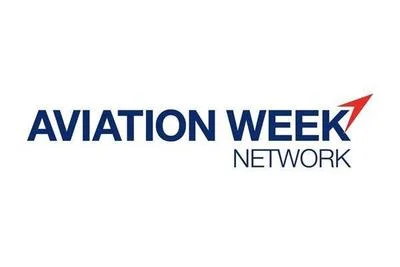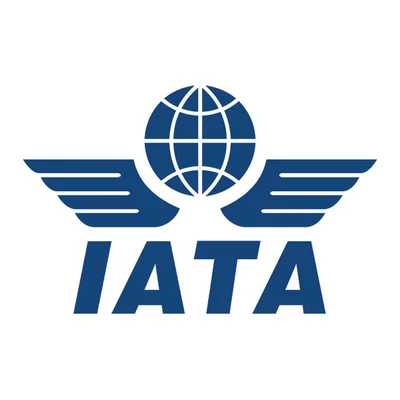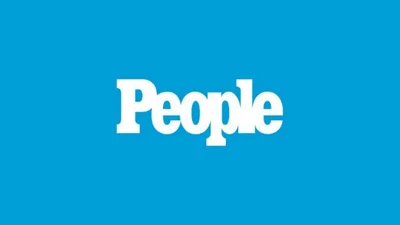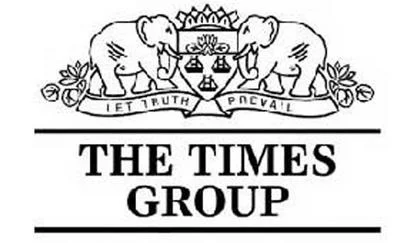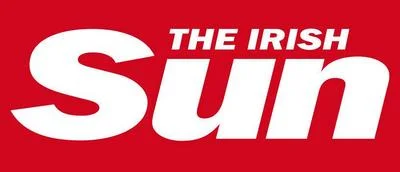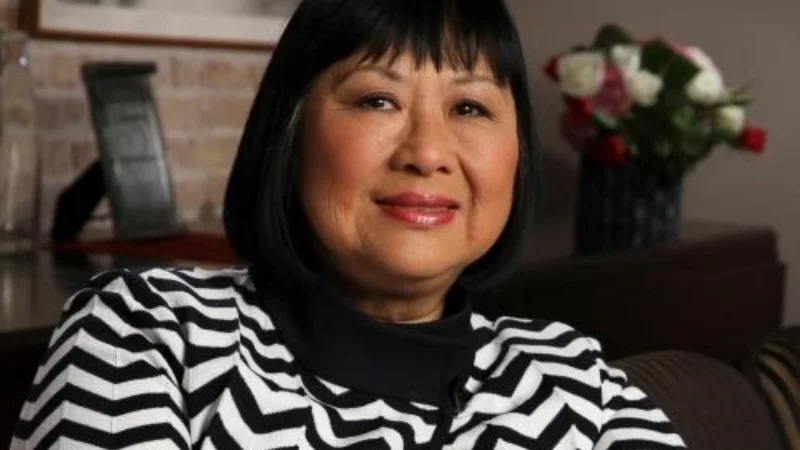During World War II, the British aircraft industry played a vital role in supporting the Royal Air Force (RAF) by transforming barns, manors, and mills into assembly halls. Key players in this effort were Supermarine, Hawker, de Havilland, Avro, and Bristol. These companies constructed tens of thousands of combat aircraft that helped the RAF during critical moments such as the Battle of Britain.
Following the war, these manufacturers faced competition and reduced defense budgets. In response, the British government facilitated consolidations within the aerospace sector. By the late 1970s, this led to a major merger uniting all UK builders under one name with government oversight.
Bristol produced 5,928 units of the Beaufighter across various marks. The Beaufighter was initially designed as a bomber but became crucial in night interception roles during WWII. Its success was attributed to its secret Airborne Interception Radar rather than just pilot skill.
 Alerts Sign-up
Alerts Sign-up
